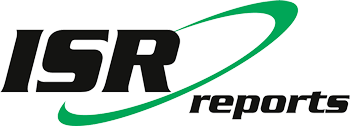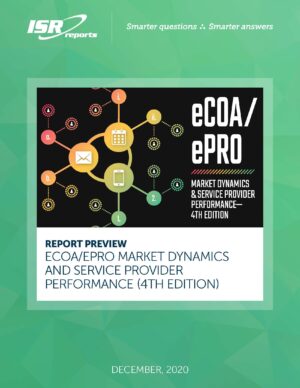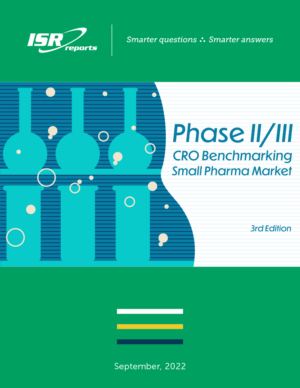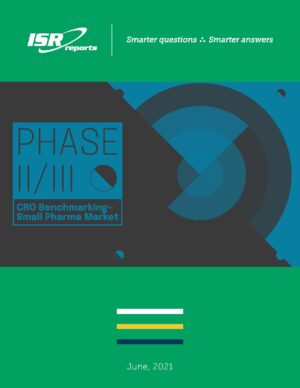Clinical Development Outsourcing Models (3rd. Ed)
$4,160.00 – $8,320.00
May 2018
Licensing Options
- SINGLE-USER LICENSE
A Single-User License allows access to an individual user.
- ENTERPRISE-WIDE LICENSE
An Enterprise-Wide License allows access to all employees and sites within an organization.
Report Overview
ISR’s Clinical Development Outsourcing Models (3rd Edition) takes a look at user experiences with seven different clinical development outsourcing models:
- Preferred Provider
- Fee-For-Service
- FSP
- Hybrid Full Service and FSP
- In-Sourced
- Compound or Program-based
- Sole-Source
Participants were required to have active roles in outsourcing to be included in this study. The data in this report, therefore, assists users in understanding which models the industry is using and how they compare to each other.
What you will learn:
For Sponsors:
- Sponsors can use the data contained in this report to compare their outsourcing practices and models against industry peers and to see which models are performing better than others. Sponsors can also match up their needs (e.g. resource flexibility vs. a desire for improved service provider relationships/deeper partnerships) to see why peers have chosen the models they have.
For Service Providers:
- This report will help you keep up-to-date on the various outsourcing models and their use. Use the data to better understand why sponsors are selecting the models they are and where the models break down to help ensure your marketing messages and organizations are designed to minimize these barriers and improve performance.
Major Topics:
- Clinical Development Outsourcing Dynamics
- Outsourcing Models: Performance, Selection and Use
- Future Trends
- Study Data






